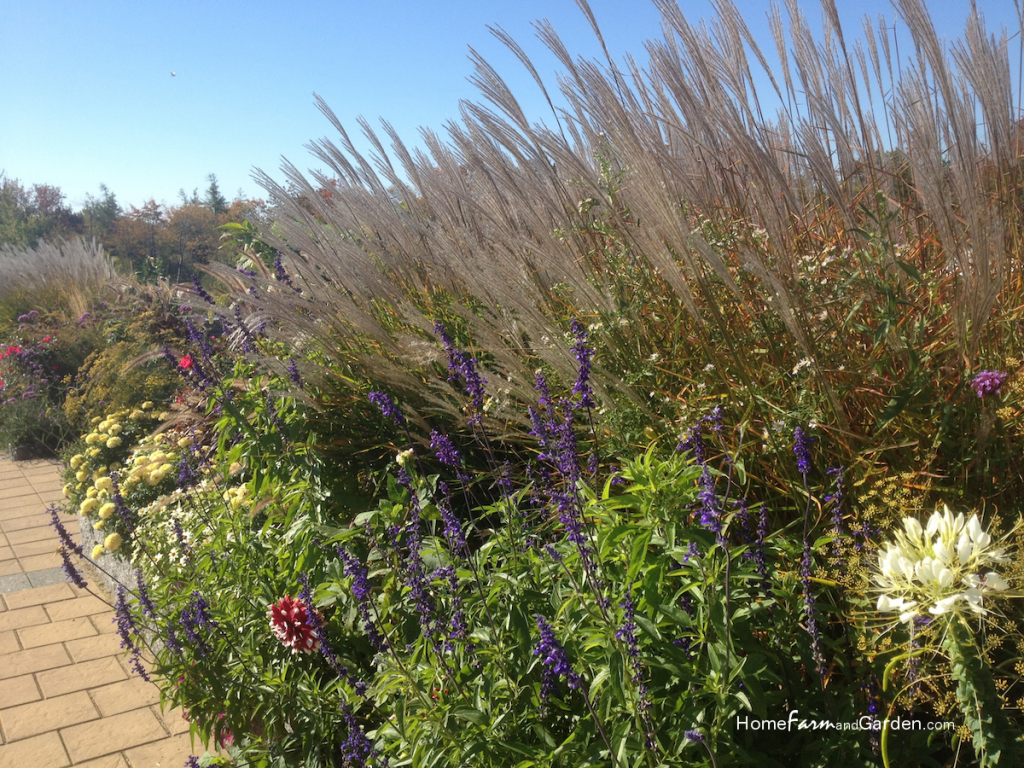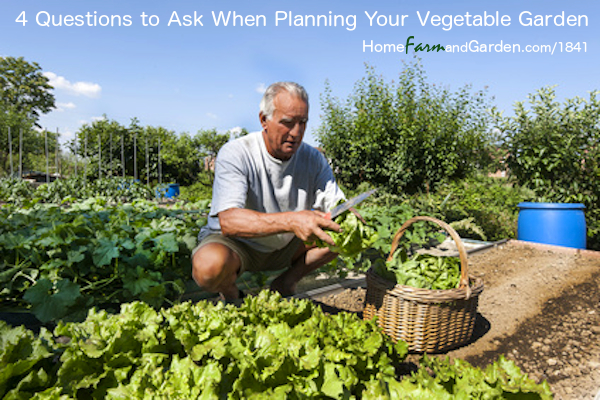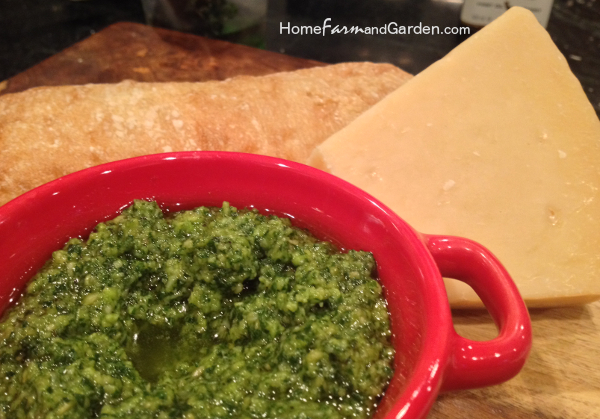Have you ever bought a really cool plant on impulse – only to find there is nowhere in your garden that really suits it?
Guilty as charged here.

I’m a bit of a plant collector myself and can usually “find” a good location for whatever I drag home… but there really is an easier way to choose the best plants for your garden. Here are a few of my favorite tips…
How to Choose the Best Plants for Your Garden:
1. Pay Attention to Plant Labels. Specifically, look for these 4 things:
a. How much sun or shade does it need?
b. Does it prefer its feet (roots) wet or dry?
c. How big will it be at maturity. Look at both height and width.
d. How cold hardy is it?
Knowing these 4 things will help you find the ideal plants for your garden. For example, if you have tons of big shade trees, look for shade-loving plants like hostas . If your yard is a big baking sheet with nothing but sun, sun, sun – pick tough sun-lovers such as Black-Eyed Susans and colorful asters. Other popular plants, like clematis, like a little bit of both – let their faces bask in the full sun, but keep their feet protected by shade.
Knowing how much moisture it needs and how big it will get upfront will ensure you take care of it properly and not have to move it in a year or two when it outgrows its space. If you buy a plant that isn’t hardy in your area, that’s fine – just know it will either need to be brought indoors for the winter or accept that it will be an annual plant in your garden.
2. Test Your Soil to Find Its pH Level. Is it acidic or alkaline? Most plants prefer soil that is slightly acidic, but there are some that must have alkaline soil to grow – azaleas are a good example. You can alter the soil’s pH level, but it’s much easier to simply plant for the soil you have, especially if you are a new gardener.
3. Buy More Than One. Unless it is a FREAKIN’ AWESOME (read: expensive) plant that will make a strong focal point by itself. Good example: The striking butterfly magnolia – this plant is on my wish list!
If you plant ‘one of everything’ your garden will look cluttered and disjointed. When you group 3 or more of the same plant – you’ll create a much stronger visual impact. I prefer to plant in odd numbers because collections of odd-numbered items have stronger visual appeal – that’s an old interior design trick that works great in the garden, too.
Getting Your Plants in the Ground
Before you start digging, do your back and legs a favor. Place your chosen plants around the garden bed in their pots to see how they will look. Re-arrange them until you are satisfied. While you are at it, remember the tip that grouping plants in sets of threes, fives or other odd numbers usually looks better than planting in groups of even numbers.
Placement Tip:
Plant tall plants in the back (or center if your garden will be viewed equally from all sides). Fill in around your taller plants with shorter shrubs and bushes; Shorter plants planted en masse make great borders for your flower beds.
Also, be sure that you have an interesting combination of colors and textures of plants. Don’t get hung up on flower color alone – many flowering plants have silver, grey or purplish foliage that is just as attractive as the flower. These plants offer great value because they are still quite attractive after their flowers are spent.
Paying careful attention to your color scheme is one way to create a beautiful flower garden. Planting varieties with different blooming seasons will allow you to enjoy a colorful palette throughout the year. So make a note of when your plants will be in bloom. Some colors may clash with others, but can still be planted side-by-side if they have a different blooming season.
Happy Gardening!
PS How About You? How Do You Choose the Best Plants for Your Garden? Please leave a comment below!

 4 Questions to Ask When Planning Your Vegetable Garden
4 Questions to Ask When Planning Your Vegetable Garden